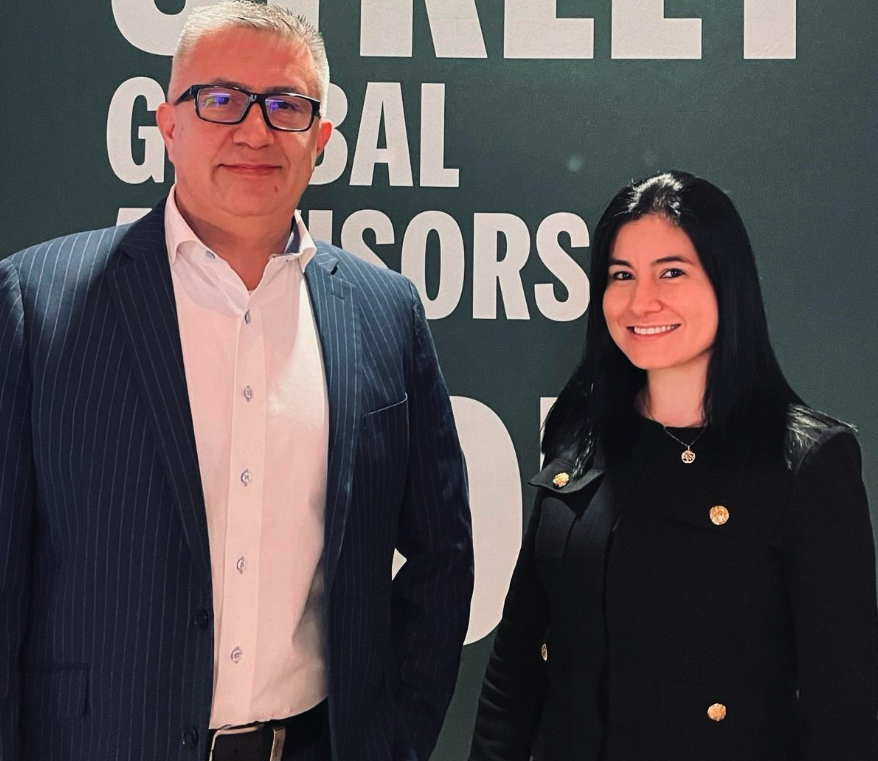KKR released “Loud and Clear,” a new Insights piece by Henry McVey, CIO of KKR’s Balance Sheet and Head of Global Macro and Asset Allocation (GMAA).
The research notes that family offices are allocating more to Alternatives, with 52 percent of assets allocated to Alternatives on average, up 200 basis points since 2020.
Based on a proprietary survey of more than 75 Chief Investment Officers (CIOs) who oversee over three billion dollars in assets, on average, the report examines how family office CIOs are leveraging their longer-term focus and owner/operator mentality to create a sustainable competitive advantage.
“We hear the message ‘Loud and Clear’ that this segment of the market is changing – and for the better,” said McVey. “These investors are diversifying across asset classes, and as they mature, they are getting better at harnessing the value of the illiquidity premium to compound capital. They are also using better hedging techniques and increasing both their desire and ability to lean into dislocations, strengths that we believe will position them to be at the winner’s table at the end of this cycle.”
In the report, McVey notes several key parallels between the asset allocation objectives of KKR’s Balance Sheet and those of the surveyed CIOs. These include a focus on compounding capital in a tax efficient manner to build wealth and investing behind key themes such as supply chain disruption, industrial automation, artificial intelligence and the ‘security of everything.’
Among the key findings of the survey is that in today’s investment landscape, alternatives are experiencing significant diversification, with a notable increase in allocations to Real Assets. Despite this, cash positions remain high at 9%, reinforcing the theory that many investors are not taking sufficient risk for current markets.
Family offices plan to increase their allocations to Private Credit, Infrastructure and Private Equity, to the detriment of Public Equities and Cash. This trend reveals a significant bifurcation in asset allocation approaches between family offices established in the last five years and those that had already scaled prior to COVID-19, with older family offices typically holding less cash and allocating more to Private Equity.
There are marked regional differences in asset allocation. U.S. family offices allocate less to traditional Private Equity compared to their counterparts in Latin America, Asia and Europe, while Asia-based family offices have relatively high allocations to Real Estate.
CIOs are looking for value-based private market opportunities, especially in the oil & gas and industrial sectors, contrary to conventional trends. Geopolitics is overtaking inflation as CIOs’ top concern, with more than 40% of respondents identifying geopolitics as the most important risk today. In addition, there is growing concern about the need for more resources to support both growth in assets under management and increased diversification across asset classes.



